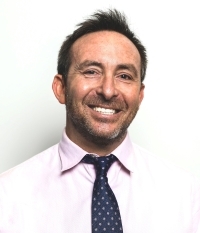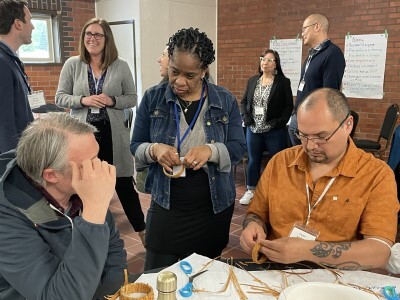Working Smarter, Not Harder, for Student Success
Topics
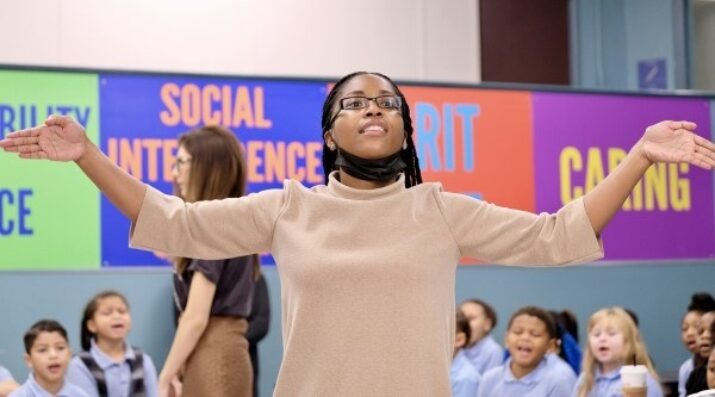
Next generation learning is all about everyone in the system—from students through teachers to policymakers—taking charge of their own learning, development, and work. That doesn’t happen by forcing change through mandates and compliance. It happens by creating the environment and the equity of opportunity for everyone in the system to do their best possible work.
“Playbooks” are strategic planning tools that enables a school leadership team to clarify their vision, identify the highest-leverage focus areas, and align their time to their priorities.
In schools across the country, many leaders are asking themselves: What else can I do to accelerate student learning?
This has been a perennial question, one only exacerbated by the COVID-19 pandemic. Yet there is little agreement about what to do. High dosage tutoring, increased time on social-emotional learning, or more small-group instruction are but a few of the strategies leaders may consider to meet student needs.
Each of these has value. And yet, in our observations of the most effective school leaders—especially those who saw student achievement increase over the last two years—we see a similarity: they relentlessly focused on strengthening their schools’ instructional foundation, built on high-quality learning materials, research-based instructional strategies, and effective use of time. Habits, systems, and practices sustain this focus.
As a coach in Relay Graduate School of Education’s leadership development programs, I have worked with hundreds of school leaders to create “Playbooks” for every part of the year, from creating a “strong start” to improving academic rigor.
“Playbooks” are not only strategic planning tools but an approach to school leadership that enables a team to clarify their vision, identify the highest-leverage focus areas, and align their time to their priorities. In just a few pages, a Playbook captures what, when, and how a leader and her team will address their instructional and school culture priorities. The power of a Playbook is that it sharpens each team’s focus. Here's how to create your own Playbook for one of the central goals of any school: elevating the academic rigor in every classroom.
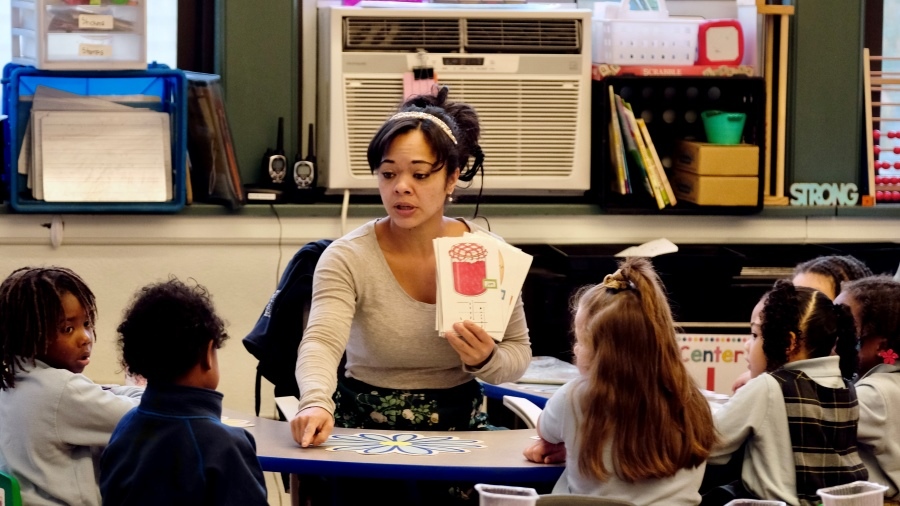
Plan: Use Data to Name Focus Areas and Schedule Your Time.
Identify priority gaps by asking 1) What are the key student learning gaps, and 2) What are the contributing teaching gaps?
Knowing what’s happening in your classrooms is essential for crafting your Playbook. You need to know the level of student tasks and the extent to which students are both engaged in them and then showing mastery.
To do this, first you must use evidence of learning to identify your own priorities. The closer you are to student work and student data, the clearer you will be to build a plan toward improved student mastery.
Next, clarify action steps by naming the key leader and teacher actions that will most effectively close priority gaps.
Lastly, create a calendar by planning when you and your instructional team will train staff, monitor classrooms, and conduct follow up professional development (PD) and instructional team meetings. A leader’s priorities should drive how they spend their time to build, observe, and reinforce teachers’ practice. You will also want an observational rubric to help you focus on your priority areas. Examples of the above can be found in our guide, Rigor for All: Leveraging a Playbook to Move Every Student to Mastery.
Act: Train, Monitor, and Respond to Build Mastery
You now have a clear and concise plan for closing your priority gaps in the days and weeks ahead.
Now, it’s time to act. Once you’ve introduced your action steps to your teachers in professional development sessions with modeling and practice, you can then collect observational data, reflect on that data, and make plans to provide additional support.
A school leader has multiple levers with which to provide that support: additional professional development sessions, real-time feedback, 1:1 coaching, facilitated lesson planning, and weekly data meetings in which teachers and their coaches review student work to identify common misunderstandings and plan how to address them. And it’s best to get started on one of these interventions right away.
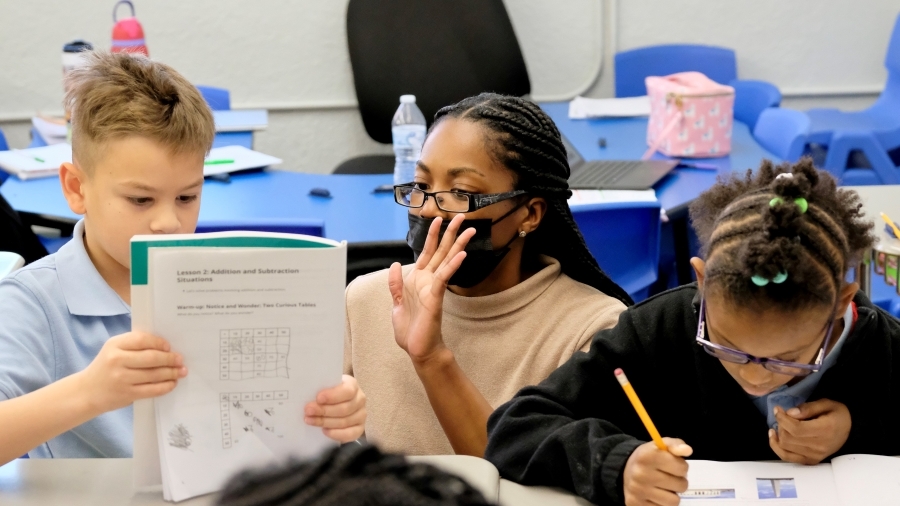
Revise: Update Your Plan to Close the Highest Priority Gaps
A Playbook is a living document. At the end of each week, you can revise your Playbook around a somewhat different set of action steps, based on observed progress and remaining gaps. Periodically throughout the year, you’ll need to create an entirely new Playbook around entirely new areas of focus. When student-facing tasks and texts are at grade level and aligned to standards, you can create a new Playbook around the next priority, such as student engagement, academic habits, academic monitoring, or weekly data meetings.
Yard by yard, a Playbook keeps you and your team moving down the field, to the goal of 100 percent mastery. This resource equips leaders and their teams to narrow down the focus on what’s most likely to make the greatest difference for teachers and students.
Photos courtesy of Relay Graduate School of Education.

